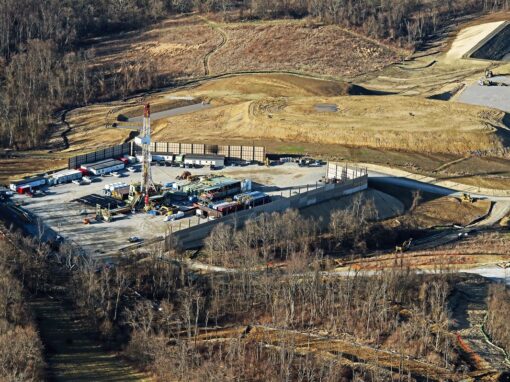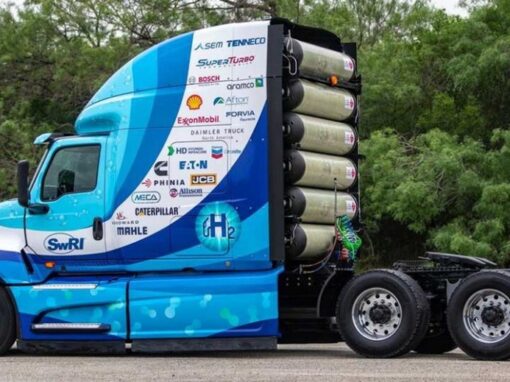Hydrogen energy is increasingly recognized as a critical part of the energy transition, largely due to its versatility and potential to decarbonize sectors where direct electrification is difficult. However, the “green premium”, which refers to the higher cost of clean hydrogen compared to conventional fuels, continues to pose challenges, creating significant financing hurdles that the industry is beginning to tackle.

The Current State of Hydrogen Investment
A total of $570 billion in direct investments for hydrogen projects has been announced through 2030. However, only $39 billion of these projects—about 7% — have actually cleared the final investment decision (FID) stage, according to the Hydrogen Insights December 2023 Report by the Hydrogen Council and McKinsey & Company.
Challenges of Achieving Final Investment Decision (FID)
Experts from Carnegie Mellon’s Wilton E. Scott Institute for Energy Innovation, including Valerie Karplus and Granger Morgan, highlight the concern of economic viability for these projects. Achieving sustainable revenue streams can be challenging due to the high costs of green hydrogen compared to more established, cost-effective options like grey hydrogen. While grey hydrogen, produced from natural gas, costs between €1 and €2 per kilogram (approximately $1.09 to $2.17 per kilogram), green hydrogen ranges from €3 to €8 per kilogram (around $3.26 to $8.70 per kilogram), creating a “green premium” that complicates securing FID. Ramping up economies of scale through manufacturing initiatives, identifying steady demand and offtake support, and obtaining policy and regulatory certainty are the key objectives needed to raise the economic viability for the hydrogen sector.
Government Support for Hydrogen
Government support has been crucial for the hydrogen energy sector, creating the regulatory frameworks and financial incentives needed for growth. The Infrastructure Investment and Jobs Act (IIJA), enacted in 2021, allocated $8 billion to develop Regional Clean Hydrogen Hubs, which focus on improving hydrogen production, distribution, and storage. Taking one of these Hub projects as an example is California’s Hydrogen Hub, the Alliance for Renewable Clean Hydrogen Energy Systems (ARCHES). With federal support covering up to $1.2 billion, this hub will utilize California’s clean energy leadership to produce hydrogen exclusively from renewable sources. By targeting significant emissions sources such as public transportation and heavy-duty trucking, the hub aims to reduce carbon emissions by 2 million metric tons annually and create 220,000 jobs. This federal support is amplifying California’s efforts in clean hydrogen, facilitating substantial advancements in technology and infrastructure.
Hydrogen hubs like ARCHES will provide the infrastructure and scale needed to expand green hydrogen production, bringing down costs over time and supporting a viable market through dedicated offtake. These hubs represent critical investments to expand the U.S. hydrogen ecosystem and bolster a core component of a resilient and sustainable energy economy.

Another key development for the hydrogen sector was passage of the Inflation Reduction Act (IRA) of 2022 which included the Section 45V Credit for Production of Clean Hydrogen, a tax incentive providing up to $3 per kilogram for hydrogen production based on carbon intensity. While initial reactions to creation of this tax credit were extremely enthusiastic leading to many plans and announcements for new clean hydrogen projects, proposed stringent regulatory frameworks and delays in getting final guidance issued has led to increased uncertainty and prevented many projects from moving to FID. In the absence of this guidance, there are concerns that many hydrogen projects may not be financially feasible, potentially jeopardizing their development and alignment with clean energy goals. However, the Department of Treasury issued an announcement in October of this year which indicated that the 45V final rulemaking was slated to be issued by the end of the year and that this final rule would also include adjustments and more flexibilities to allow industry to prosper.
As both the Hydrogen Hubs move forward and industry obtains more certainty in the policy arena, these initiatives will serve to enhance the competitiveness of U.S. hydrogen projects on the global stage.
Overcoming Investment Barriers
Despite the growing momentum in the hydrogen sector, significant investment barriers persist. While the number of FIDs has doubled in the past year, global low-emission hydrogen production needs to increase by over 90% annually to reach the target of nearly 50 million tons by 2030. Additionally, there is a considerable gap between government production targets of up to 43 million tons annually and demand targets of only 11 million tons. This situation underscores the urgent need for comprehensive policies to stimulate demand.
Private sector support plays a crucial role in overcoming these investment barriers. The Bipartisan Policy Center (BPC) emphasizes that DOE’s new demand-side support program is a significant step in unlocking private sector capital for clean hydrogen projects. By engaging a third-party intermediary, this program aims to attract private investments to address early supply and demand imbalances in the hydrogen market. Tanya Das, BPC’s Senior Associate Director of Innovation, noted that this initiative could crowd in private sector funding, helping to commercialize clean hydrogen. Furthermore, BPC’s efforts to develop a comprehensive guide on demand-side financial tools reflect a commitment to fostering clean energy technologies. By collaborating with government entities, private stakeholders can effectively bridge the gap between production and demand targets, driving innovation and creating a more favorable investment landscape.
The Future of Hydrogen Investment
Hydrogen is essential for the energy transition, yet challenges persist in its development. To build a successful hydrogen economy, stakeholders must collaborate on policies that enhance both production and demand, particularly in heavy industry and long-distance transport. With strategic investment and cooperation, hydrogen can significantly contribute to decarbonizing energy systems.



